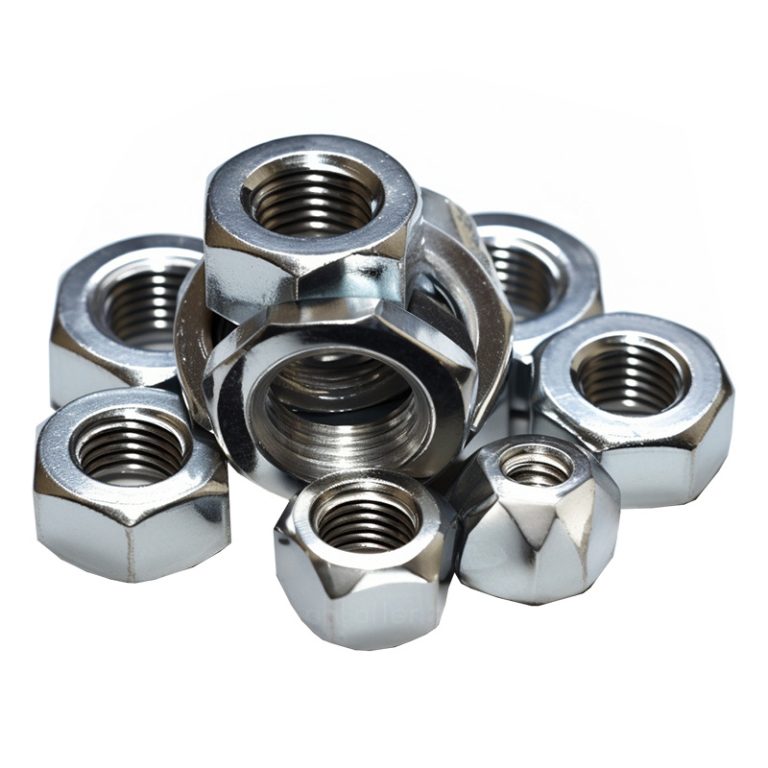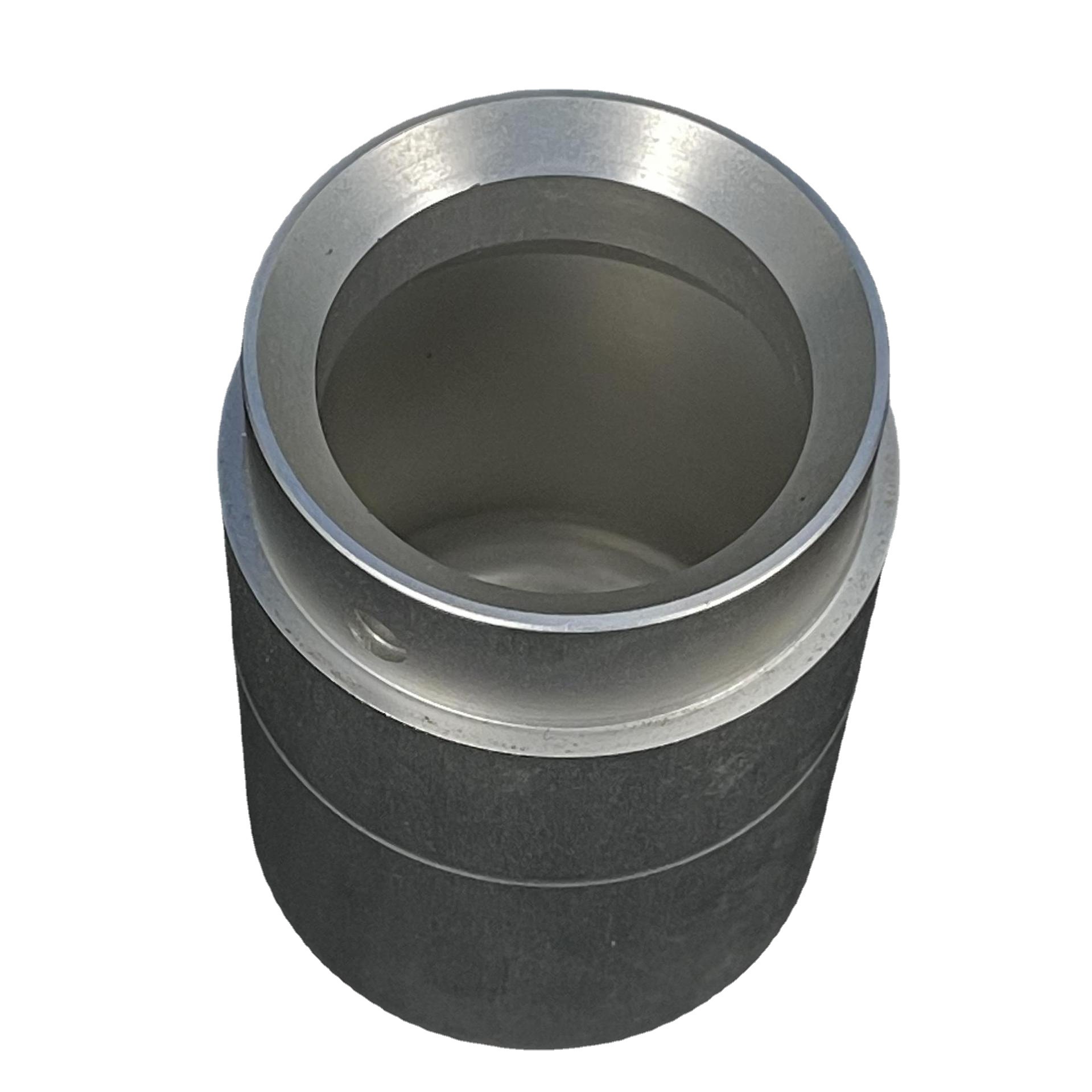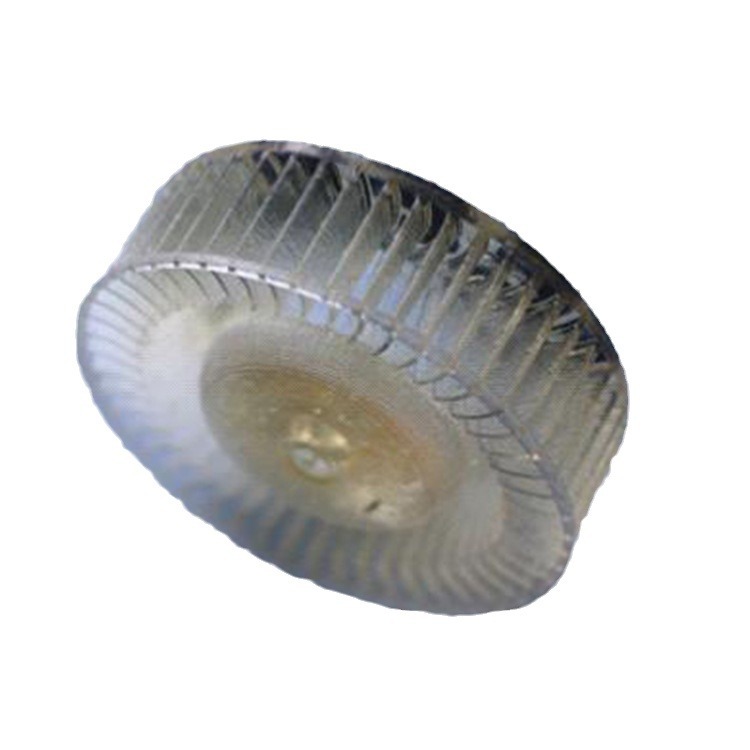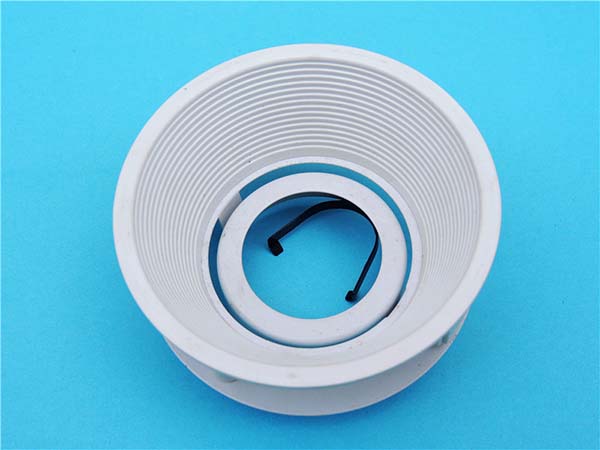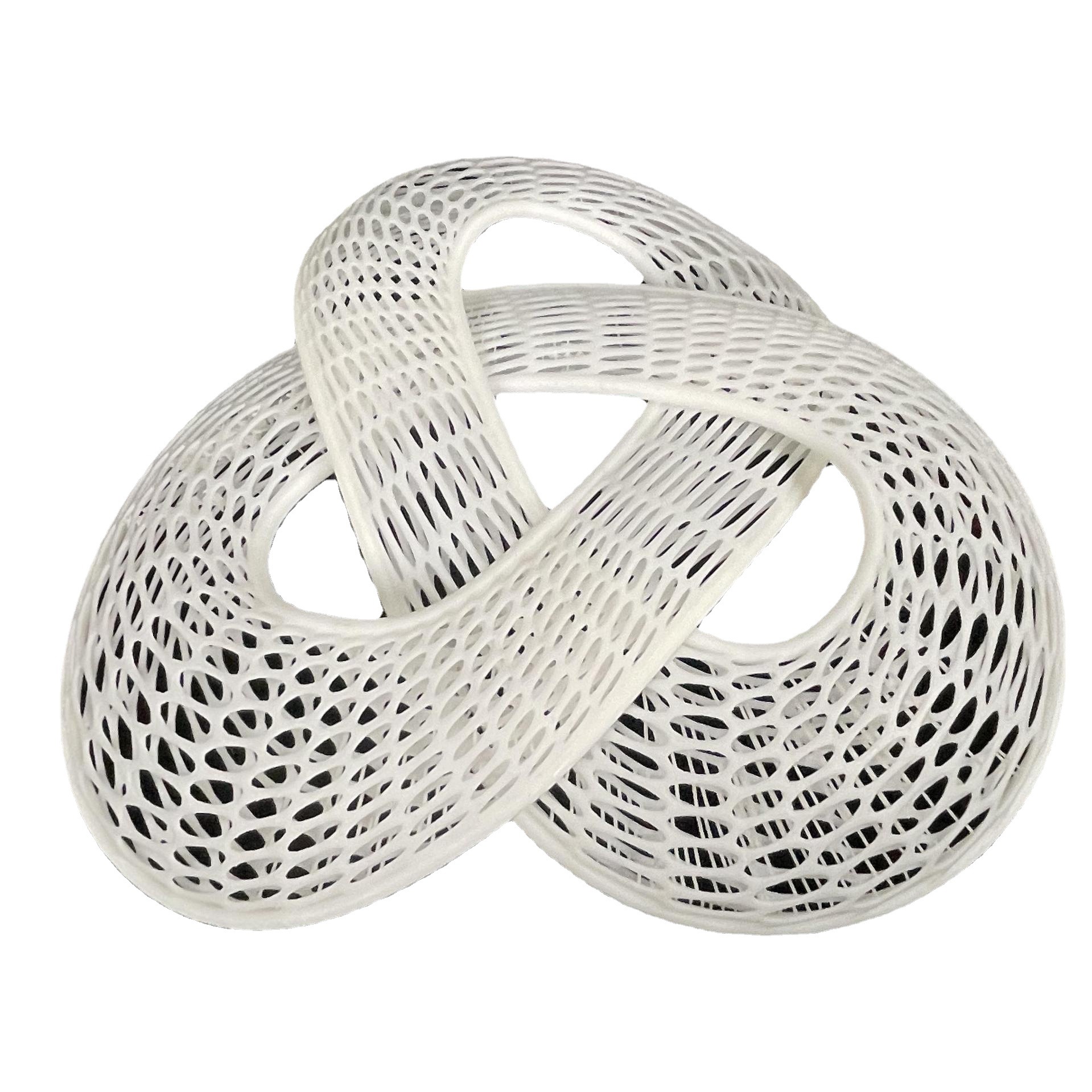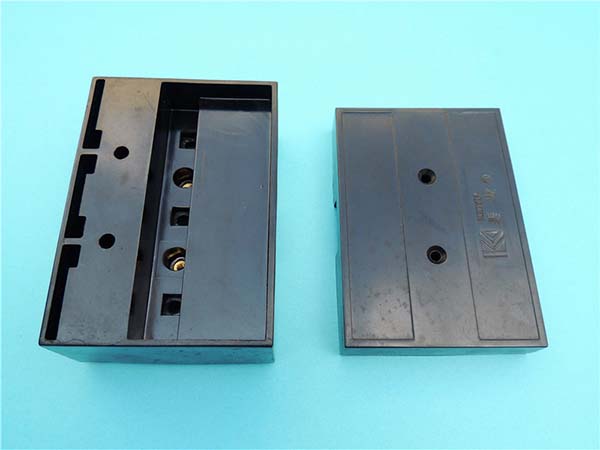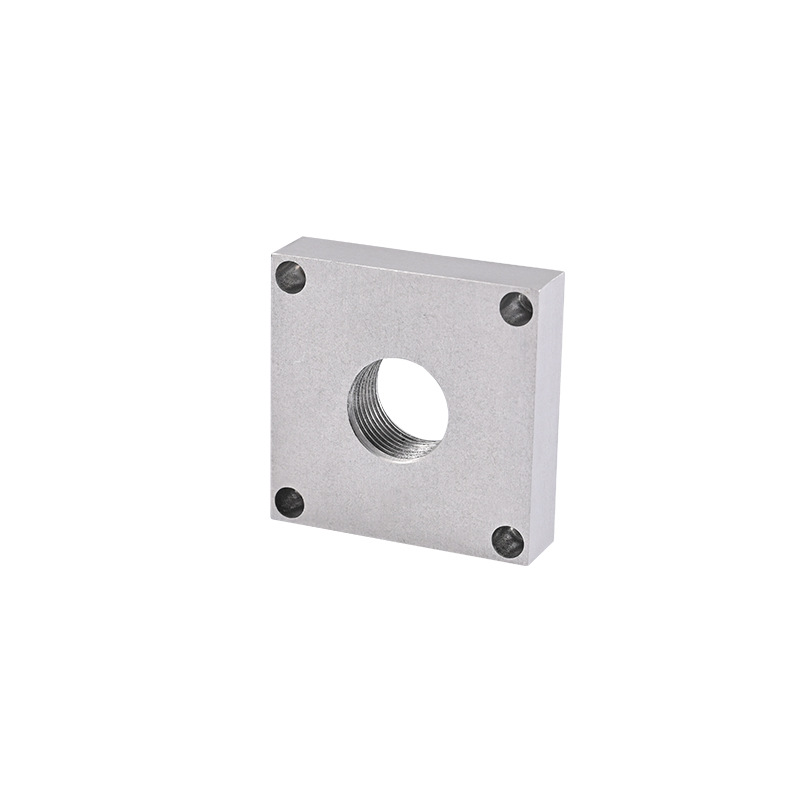Introduction to Powder Additive Manufacturing
Powder Additive Manufacturing (PAM) represents a transformative approach in the world of manufacturing. By utilizing a 3D printing process that fuses metal or plastic powders layer by layer, PAM enables the creation of parts with highly complex geometries, rapid prototyping, and custom designs. This technology is revolutionizing industries by offering unmatched advantages over traditional manufacturing methods. It opens new possibilities for on-demand production, optimized designs, and reduced material waste. Key sectors benefiting from PAM include aerospace, medical devices, and automotive industries, where high-performance, lightweight, and highly customizable components are critical.
Definition and Principles
Powder Additive Manufacturing involves building parts layer by layer from a bed of fine metal or plastic powders. This additive process begins with a digital 3D model created using Computer-Aided Design (CAD) software. Once the model is finalized, it is sliced into thin layers that serve as the blueprint for the printer. These layers are then fused together by a laser or electron beam, depending on the specific technique being used.
The most common forms of PAM include:
- Selective Laser Sintering (SLS): In SLS, a laser is used to sinter (or fuse) the powder particles together, making them adhere and form a solid structure.
- Selective Laser Melting (SLM): This process fully melts the metal powder, creating a stronger and denser part. It's commonly used for high-performance metals like titanium and stainless steel.
- Electron Beam Melting (EBM): Similar to SLM, but uses an electron beam instead of a laser to melt the powder, allowing for greater material flexibility, particularly in the aerospace sector.
These processes allow the manufacturing of intricate geometries that traditional methods such as machining, casting, or forging simply can't achieve.
Historical Development
The concept of Powder Additive Manufacturing can be traced back to the 1980s, with the development of Selective Laser Sintering (SLS). Early patents for SLS were filed in the late '80s, and by the early '90s, commercial machines started to become available. Initially, PAM was used primarily in prototyping and tooling, allowing designers to quickly turn their digital models into physical prototypes. Over the years, the technology has evolved, with advancements in laser systems, material science, and software development enabling the production of end-use parts.
The aerospace industry was one of the first to adopt PAM due to the need for complex, lightweight components. Soon after, the medical and automotive industries began to explore the benefits of PAM for producing custom implants, prosthetics, and high-performance automotive parts. Today, with increased research and development, PAM is continuing to evolve, with improvements in material properties, print speed, and cost-efficiency.
Advantages of Powder Additive Manufacturing
Powder Additive Manufacturing offers numerous advantages over traditional manufacturing methods, making it an attractive option for industries demanding high performance and precision.
Material Efficiency
One of the most notable advantages of PAM is its material efficiency. Unlike traditional subtractive methods (e.g., machining), which waste a significant amount of material by cutting away from a larger block, PAM uses only the powder required to create the part. Excess powder can be recycled and reused, leading to less material waste, reduced costs, and a lower environmental impact.
Design Flexibility
PAM allows for unprecedented design flexibility. Engineers and designers can create complex geometries, internal structures, and organic shapes that would be nearly impossible or very expensive to produce using conventional methods. This opens up new possibilities for product innovation, with designs that can be optimized for performance (e.g., lighter weight, improved strength, or energy efficiency). Additionally, designers can incorporate complex features such as internal cooling channels or lattice structures that reduce weight without sacrificing strength.
Cost-Effectiveness
Though the initial investment in PAM equipment can be high, it offers long-term cost savings. These savings stem from reduced material waste, faster prototyping (which accelerates product development), and the ability to produce parts on-demand. Furthermore, PAM is particularly advantageous for low-volume production or customized parts, as it eliminates the need for costly molds, dies, or tooling. This makes it ideal for industries that require rapid turnaround or custom solutions, such as medical implants or bespoke automotive parts.
Applications of Powder Additive Manufacturing
Aerospace Industry
In aerospace, Powder Additive Manufacturing plays a crucial role in producing lightweight, high-performance components such as:
- Turbine blades: These are often designed with internal cooling channels to improve efficiency, a feature easily achievable with PAM.
- Engine components: Parts like brackets, nozzles, and manifolds can be produced with complex geometries that improve performance and reduce weight.
- Structural components: PAM allows for the production of custom, lightweight structural parts, essential for improving fuel efficiency and overall performance.
The ability to create highly complex parts reduces the need for costly and time-consuming machining processes, making PAM especially valuable for the aerospace sector.
Medical Devices
The medical field benefits from PAM in producing:
- Custom implants and prosthetics: Parts can be tailored to a patient's specific anatomy, improving comfort and functionality. For example, titanium implants can be produced to match the exact contours of a patient's bone structure.
- Surgical instruments: High-precision tools are produced more efficiently and can be customized for specific procedures or patient needs.
- Biocompatibility: Materials such as titanium, cobalt-chrome, and certain plastics can be used, ensuring the implants or devices are safe and integrate well with human tissue.
Additionally, PAM allows for rapid prototyping, enabling medical device manufacturers to bring new devices to market more quickly.
Automotive Sector
In the automotive industry, PAM is used for:
- Prototype parts: Quickly designing and testing new components, such as engine parts or gearboxes, helps automotive manufacturers optimize designs before full-scale production.
- End-use parts: PAM is used to produce high-performance, lightweight components, such as brackets, housings, and exhaust systems.
- Customization: As consumer demand for personalized products grows, PAM allows for mass customization in vehicle parts. Manufacturers can offer bespoke solutions for high-end models, such as custom-tailored interior components or performance-enhancing engine parts.
PAM also helps reduce the lead time from design to production, improving time-to-market for new vehicle models.
Challenges and Limitations
Despite its many advantages, Powder Additive Manufacturing faces some challenges and limitations:
Material Properties and Post-Processing
- Material variation: The mechanical properties of PAM-produced parts can vary depending on the material used and the specific printing parameters (e.g., laser power, layer thickness). Ensuring consistency in part strength and quality can be challenging.
- Post-processing: Many parts produced through PAM require additional post-processing steps such as heat treatment, surface finishing, or machining to achieve the desired mechanical properties and surface quality. These additional steps increase the time and cost of production.
Scalability and Production Speed
- Slower production rates: For high-volume manufacturing, PAM can be slower than traditional methods. The layer-by-layer nature of the process means that it can take longer to produce large parts compared to traditional techniques like injection molding or casting.
- Scalability issues: Scaling up production for large batches or high-volume manufacturing can be challenging. While PAM excels in prototyping and low-to-medium production runs, producing parts at industrial-scale quantities without compromising quality or efficiency remains a hurdle.
Regulatory and Safety Concerns
- Regulatory hurdles: Parts produced through PAM, especially in industries like aerospace and healthcare, must meet strict safety and regulatory standards. Getting certifications for PAM-produced parts can take time and resources.
- Material certifications: Ensuring that the materials used in PAM are certified for specific applications (such as biocompatibility in medical devices) adds complexity to the adoption of PAM, especially in regulated industries.
FAQs
Q1: What are the main differences between Powder Additive Manufacturing and traditional manufacturing methods?
A1: The primary difference is in how the parts are created. Traditional manufacturing methods like machining and casting remove material from a solid block, often leading to waste. In contrast, Powder Additive Manufacturing builds parts layer by layer from powder, adding material only where needed. This results in less material waste, greater design flexibility, and the ability to create more complex geometries.
Q2: How does Powder Additive Manufacturing contribute to sustainability in manufacturing?
A2: PAM contributes to sustainability by minimizing material waste. Since the process uses only the necessary amount of powder for the part and allows for recycling of excess material, it reduces the environmental impact. Additionally, PAM can create lightweight designs that improve the performance of products (such as vehicles and aerospace components), leading to lower energy consumption.
Q3: What are some potential future advancements in Powder Additive Manufacturing technology?
A3: Future advancements in PAM may include:
- Increased print speeds: Research is underway to accelerate the printing process, making it more viable for high-volume production.
- Improved materials: New materials with enhanced properties, such as greater strength, flexibility, and biocompatibility, are being developed for PAM.
- Better scalability: Technological innovations may address current limitations in scaling up production for large batches, improving the efficiency of PAM for mass manufacturing.
- Regulatory frameworks: As PAM becomes more widely adopted, evolving standards and regulations will help streamline certification processes, especially in industries like aerospace and healthcare.
These advancements will further expand the capabilities and applications of Powder Additive Manufacturing across multiple industries.
Powder Additive Manufacturing is revolutionizing industries by offering faster, more efficient, and cost-effective ways to produce complex and custom parts. While challenges remain, ongoing innovation and research will continue to unlock new possibilities for the future of manufacturing.
